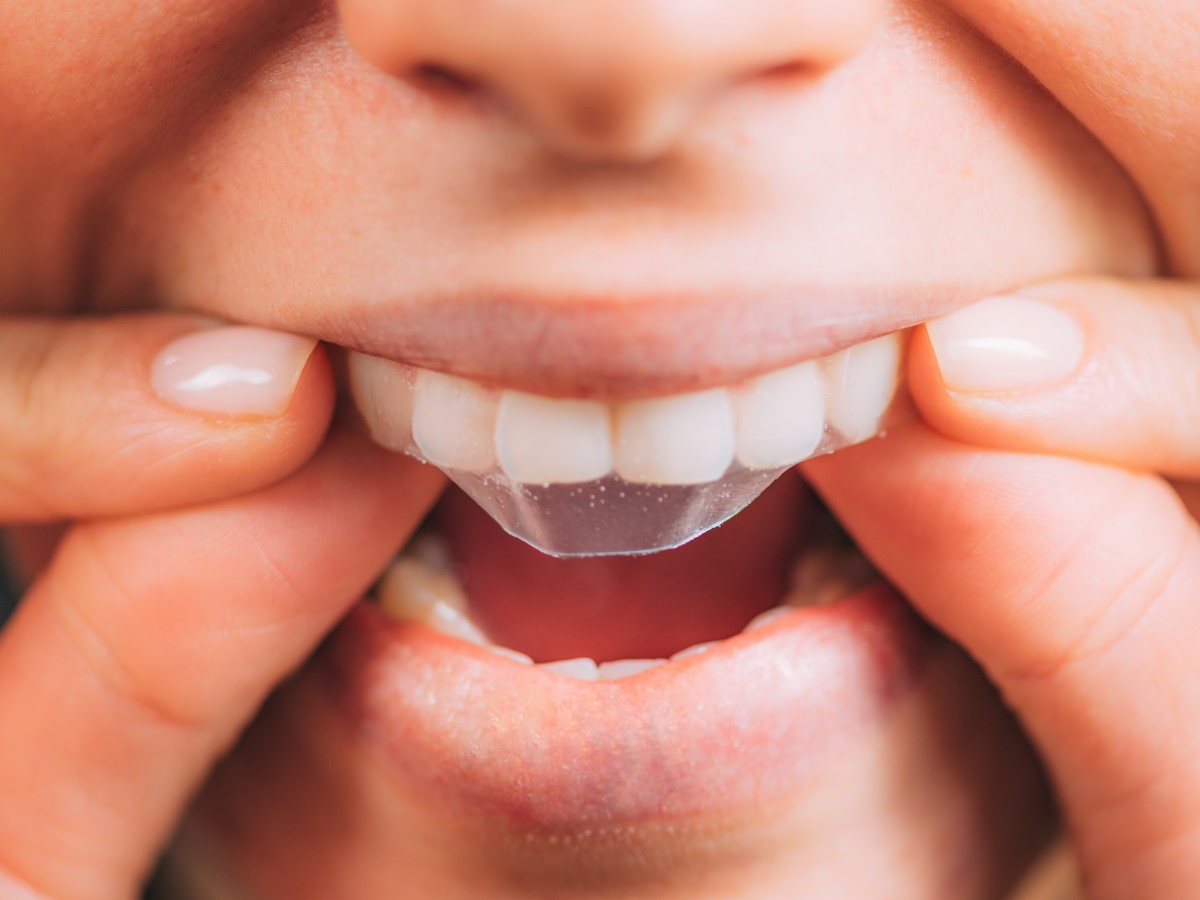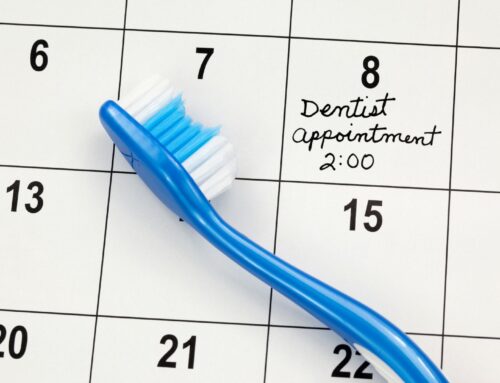A bright smile is attractive and can sometimes even be a marker of good overall health. In the U.S. people spend money on cosmetic dentistry in an attempt to brighten their smiles.
While some people choose to have their teeth professionally whitened by a dental professional, others like to try home whitening products. Before you attempt to whiten teeth yourself, you should take some precautionary steps.
Preventative Care for Whiter Teeth

Certain foods and beverages can cause staining. Here are just a few of the most popular teeth strainers:
- Soda
- Wine
- Coffee, including iced coffee
- Tea, including iced tea
- Curry spice
- Tomato sauce
- Popsicles
- Sports drinks
- Sticky, colored candies
- Soy sauce
Try your best to limit your use of the above foods and beverages. Whenever you do consume the items on the above list, wait about thirty minutes and then brush your teeth. You could also drink beverages through a straw or rinse your mouth with water after consuming tooth staining foods.
Teeth Whitening Kits
Whitening kits are sold over-the-counter and require no medical prescription for purchase. These kits allow a person to whiten their teeth at home without the help of a dental professional.
According to recent research, several problems can arise due to the public’s misuse of whitening products:
- Increased tooth sensitivity
- Softening of the tooth’s surface
- Gum irritation
- Roughening of the tooth’s surface
- Increased demineralization potential
- Damage to tooth restorations
- Strange or undesirable shading to a tooth restoration’s surface
Another mistake people make with at-home kits is that they bleach their teeth too often. Some experts recommend that a person only goes through this procedure 1-2 times per year. Doing so more frequently can cause the aforementioned problems.
In addition to tooth sensitivity, when the whitening chemical gets into a cracked tooth via a cavity, it can be very painful. A strong whitening solution that seeps into a tooth can also cause internal damage and impact the tooth’s root. This can lead to root canals that require professional dental care.
Another problem some people see is uneven shading caused by improperly whitening teeth at home. Some people report a bluish tint on their teeth. They may even notice that teeth are unevenly white. For instance, the whitening product could whiten natural teeth but leave any false teeth the same color as before.
Most at-home whitening kits are peroxide-based, having anywhere from 3% to 20% peroxide. In general, the longer you keep a strong solution on your tooth’s surface, the whiter the tooth becomes. This causes some people to leave the whitener on for longer than necessary.
In fact, the solutions with the highest percentage of peroxide in them should be applied to your teeth for the shortest length of time. When you keep the gel on longer, it causes sensitivity by dehydrating your teeth.
Whitening Toothpaste
Teeth whitening toothpaste can make teeth appear whiter by removing superficial surface stains. Whitening pastes include abrasive materials designed to scrub and polish the teeth. However, whitening pastes cannot change the natural color of a person’s teeth or brighten a stain that goes deeper than the surface level. Some whitening kinds of toothpaste may even take several weeks to change the appearance of your teeth.
Blue covarine is one ingredient in teeth whitening pastes that can cause teeth to appear whiter almost immediately.
Experts recommend that you follow all instructions on toothpaste labels and that you do the following when using a whitening paste:
- Use only toothpastes approved by the American Dental Association or a similar reputable dental expert (like your dentist)
- Do not overuse a whitening toothpaste. Because these toothpastes can be abrasive, they may damage your enamel and make teeth sensitive.
- Consider using a tooth whitening kit if teeth whitening toothpaste is ineffective
Professional Teeth Whitening
People often opt to have their teeth professionally whitened because they fear damaging their teeth even when many whitening products are approved for use at home.
Before you attempt to whiten your teeth yourself, speak with your dentist. He or she can recommend the best whitening kits and brands. Additionally, you may or may not be a good candidate for whitening. For instance, those with crowns or bridges may not be able to whiten teeth because the products don’t often work on porcelain.
Ask your dentist if whitening products could help you. If you decide to whiten at home, follow all instructions carefully. If you notice adverse effects from teeth whitening products, stop using them immediately and visit your family dentist for a consultation.





